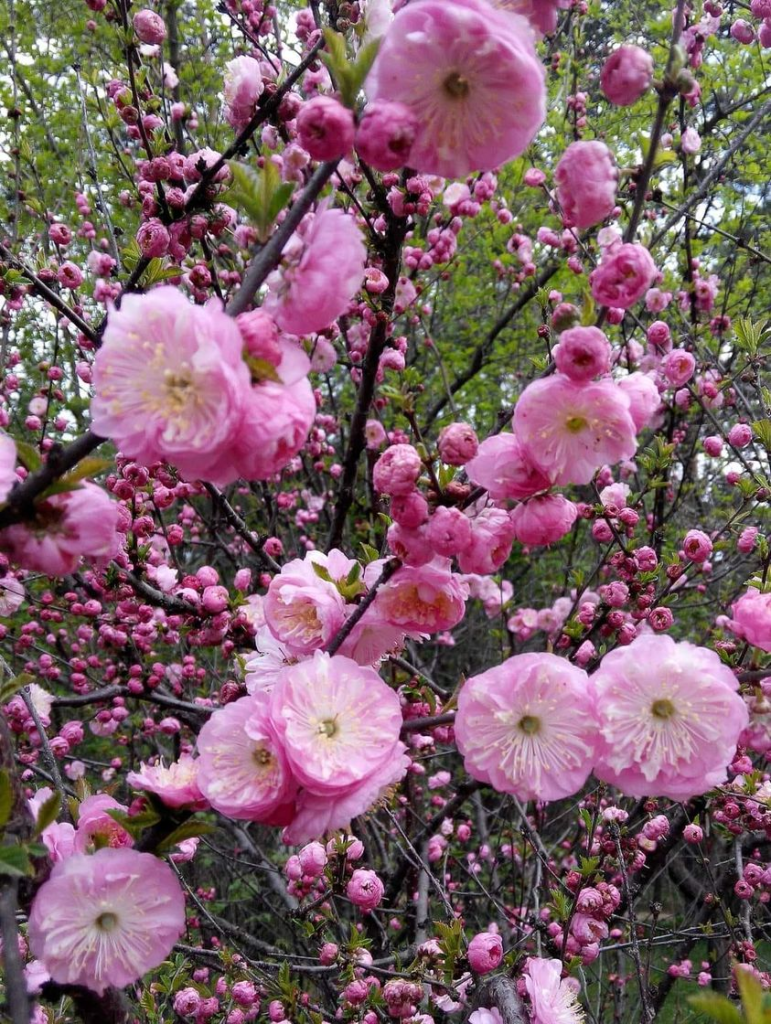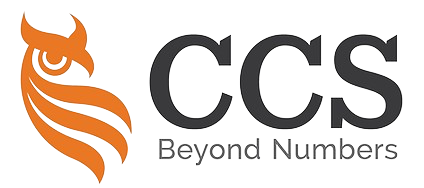It is no secret that claiming Capital Allowances on plant and machinery expenditure can be a complicated business.
While claiming allowances on business equipment such as motor vehicles, computers, tables, and chairs is straightforward, fully maximising a Capital Allowances claim on renovation and property purchases is fraught with complexities.
Even the most basic question doesn’t have a simple answer, namely, what is “Plant and Machinery”?
To this day, the question of whether or not a specific asset qualifies as a plant is one that the court must decide as a matter of legal principle (a question of law) and a vast amount of case law and legislation have to be interpreted when considering the question.
Yarmouth v France: CA 11 Aug 1887

The starting point in the search for a definition of the plant is relatively easy to find.
One case, concerned not with taxation but with compensation under the Employers’ Liability Act 1880, has been quoted and referred to in nearly every judgment that has considered the meaning of plant.
The case in question, Yarmouth v France, was heard by the Court of Appeal in 1887.
The defendant employed the plaintiff to drive carts. He objected that the horse had a vicious nature but was obliged to drive it. The horse kicked him.
For the 1880 Act, the plaintiff was an employee, the horse was a plant in the employer’s business, and its character was a defect in that plant.
In this case, Lindley LJ said:
'There is no definition of plant in the Act, but in its ordinary sense, it (that is, plant) includes whatever apparatus is or instruments used by a businessman for carrying on his business, not his stock-in-trade which he buys or makes for sale; but all goods and chattels, fixed or movable, live or dead, which he keeps for permanent employment in the business.'

The facts on which the decision was based have ceased to be relevant, but the following short quotation from the judgment of Lindley J has become the cornerstone.
This definition has received judicial approval at the highest level, as by the House of Lords in, for example, the cases of Maden & Ireland and IR Commrs v Barclay, Curle & Co Ltd.
It was also used as the justification for overturning, after 50 years, the Daphne v Shaw decision which had held that a law library was not plant.
That the definition is sound is beyond doubt, but it tells us little beyond what is seemingly rather obvious.

The concept that a plant may be live or dead has not in practice exercised the courts, though the case itself concerned a horse, and in recent times an inspector has been known to accept horses in a riding stable as a plant for tax purposes.
The practical importance of the definition can perhaps be said to be threefold:
- that plant is Apparatus; and
- that it includes ‘all goods and chattels’.
The same case is also relevant for the concept of ‘all goods and chattels’ in the related matter of whether numerous short-lived small items can qualify as a plant. Lord Reid commented:
‘Subject to one point [that of durability], I have no doubt that these knives and lasts are plant in the ordinary sense of the word. It is true that they are numerous, small and cheap. But one trader may have to use a few large articles while another may have to use a large number of small articles.’
Otherwise, the significance of ‘goods or chattels’ has not unduly concerned the courts.

In Jarrold v John Good & Sons Ltd, it was considered that the reference to goods and chattels ‘impliedly excludes the premises in which the business is carried on’.
This interpretation was also accepted in the Yard Arm Club case and subsequently in Wimpy International Ltd v Warland.
Of the different aspects of the Yarmouth v France definition, it is undoubtedly the reference to ‘apparatus used by a businessman for carrying on his business’ that has given rise to the most significant level of argument in the courts.
The contrast has been drawn between the ‘apparatus with which’ and the ‘setting within which’ a business is conducted.
However, this dichotomy is an uneasy one, for the two are not mutually exclusive on occasion. Furthermore, the definition of apparatus has itself given rise to a new problem, the so-called ‘functional test’, which, in turn, raises a different set of considerations.
Yarmouth v France also made it clear that something not used for carrying on the business is not plant. It also made it clear that ‘plant’ excludes stock in trade.
In Malaysia

Previously, since the term “plant” was not defined under the Income Tax Act of 1967, taxpayers were guided by the legal principles established in case law.
Consequently, traditionally, tax practitioners and tax officials will seek the courts for guidance on the definition of a plant. In particular, they will also look to the well-known case of Yarmouth v. France.
In Malaysia, the definition of Lindley LJ has been applied for a long time.
This is evident from prominent cases of capital allowance claims in Malaysia, such as:
- Ketua Pengarah Hasil Dalam Negeri v Tropiland Sdn Bhd; and
- Infra Quest Sdn Bhd v Ketua Pengarah Hasil Dalam Negeri.
Ketua Pengarah Hasil Dalam Negeri v Tropiland Sdn Bhd

In this case, the taxpayer submitted a claim for capital allowance to receive reimbursement for the expenses incurred while building a multi-level carpark.
The approach used in the case of Yarmouth was essentially embraced by the Court of Appeal when it issued its decision that the multi-level carpark qualified as a qualifying plant.
To assess whether or not a particular subject matter is a qualifying plant, the Court considered a wide variety of standards, such as the “premise” test, the “Business Use Test”, and the “Functional Test”.
Infra Quest Sdn Bhd v Ketua Pengarah Hasil Dalam Negeri
In this case, the High Court held that telecommunication towers were plant and commented that:
“This court is of the considered opinion that in distinguishing between the functional use and the setting, it must be noted that in some cases, buildings and structures have been held to be plant in their entirety as the courts considered the structures as performing an integral function with the machinery and plant contained within it.”
The Court of Appeal subsequently affirmed the High Court’s decision.
Paragraph 70A Of Schedule 3
Section 28(a) of the Finance Act 2020 introduced a new paragraph 70A into Schedule 3 of the ITA, which reads as follows:
“In this Schedule, “plant” means an apparatus used by a person for carrying on his business but does not include a building, an intangible asset, or any asset used and that functions as a place within which a business is carried on.”

Taxpayers are now required to examine the legal position of what constitutes a plant for the purposes of capital allowances by analysing the approach taken by the courts in the past and the new paragraph 70A of the Income Tax Act 1967.
While it is clear that some of paragraph 70A was written based on the wordings from Yarmouth, paragraph 70A did significantly narrow the scope of the plant by the Inland Revenue Board of Malaysia.
Buildings, Intangible Assets, and places where business is conducted are no longer considered “plant” under the new wording of paragraph 70A.
What this Means
The legal environment has moved towards a more restricted plant definition at this point.
Despite this, the development and implementation of paragraph 70A did not correctly define the definition of the plant; instead, it imposed a more narrow interpretation of the term.

Our website's articles, templates, and material are solely for reference. Although we make every effort to keep the information up to date and accurate, we make no representations or warranties of any kind, either express or implied, regarding the website or the information, articles, templates, or related graphics that are contained on the website in terms of its completeness, accuracy, reliability, suitability, or availability. Therefore, any reliance on such information is strictly at your own risk.
Keep in touch with us so that you can receive timely updates |
要获得即时更新,请与我们保持联系
1. Website ✍️ https://www.ccs-co.com/ 2. Telegram ✍️ http://bit.ly/YourAuditor 3. Facebook ✍
- https://www.facebook.com/YourHRAdvisory/?ref=pages_you_manage
- https://www.facebook.com/YourAuditor/?ref=pages_you_manage
4. Blog ✍ https://lnkd.in/e-Pu8_G 5. Google ✍ https://lnkd.in/ehZE6mxy
6. LinkedIn ✍ https://www.linkedin.com/company/74734209/admin/






